The Gift of South Dakota
Subscriptions to South Dakota Magazine make great gifts!
Subscribe today — 1 year (6 issues) is just $29!
The Elks Club
Jan 7, 2013
It was a still sub-zero morning in late February. The year was 2011 and the snow lay thick over the hills and valleys of the southern Black Hills. I was on my way to Montana for a conference and took a detour through one of my favorite places in South Dakota just to see what I could see. As usual, I was not disappointed. As I made a turn on a winding road that ran along a ravine between two sets of low hills, I saw a lone coyote standing still with his head tilted, as if listening for something. Luckily I was downwind and he was hungry so he paid no notice as I pulled over. I grabbed my camera, got out of my vehicle and slowly nestled in as close to the road barrier as possible to watch the show. Mr. Wile E. Coyote proceeded to slowly walk down the hillside, stopping to listen every few steps. After a couple minutes of this, he stopped statue still, cocked his head, and proceeded to pounce into the snow, burying his head up to his shoulders. After five seconds, he pulled out a fat rodent that he firmly held in his jaws. That was when he looked at me, turned away and continued his meal. It was like I was watching PBS’s Nature program in real life.
 |
The setting was Wind Cave National Park — a place more known for what lies beneath the ground than what is above the ground. I find this quite ironic, as the park’s land is full of scenic beauty and breathtaking wildlife scenes all available from the comfort of your vehicle. For a guy like me that has a love for wildlife but isn’t in the best hiking shape, the place is a “must visit” every time I’m in the area.
Any time of the year offers a good chance to view a variety of creatures from mule deer to American bison and prairie dogs to the coyotes that hunt them. I particularly like to visit the park in the early winter as I’ve had good luck seeing and photographing what I consider one of the more photogenic wild creatures… the mighty wapiti or elk. The park has a fairly large herd of these beasts. They are not always the easiest to find, but I’ve had luck early in the morning along the park’s northern back road in early winter.
Elk are not only beautiful creatures to look at; they are also revered by Native American tribes and hold spiritual significance in their culture. There are legends of Elk Men who are credited with the invention of the flute that, when played correctly, had a magical way of attracting a mate. The elk’s symbolism of love and passion may have been simply derived from what the Plains Indians observed. The courageous and mighty bulls, crowned with a majestic set of antlers, were powerful figures as well as examples of something to emulate — specifically in how they fought for and defended their harems of devoted cows.
Late in the fall, you may be able to observe this fighting and defending between bull elks along Wind Cave’s Rankin Ridge. If you are lucky, you may also hear the bulls bugle. It is a sound that is unmistakable as well as impressive. I have yet to see or hear this at Wind Cave, but I did witness it at Yellowstone in the fall of 2010. It was one of those moments of nature that sticks with you. It is both the real and potential experiences like this that makes Wind Cave National Park’s aboveground features just as important and impressive as what lies beneath. Just don’t forget your camera!
Christian Begeman grew up in Isabel and now lives in Sioux Falls. When he's not working at Midcontinent Communications he is often on the road photographing our prettiest spots around the state. Follow Begeman on his blog.


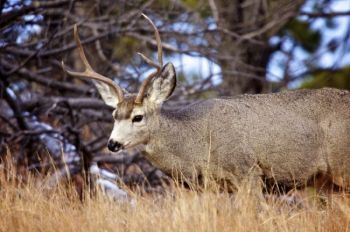
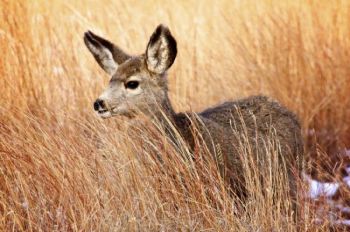
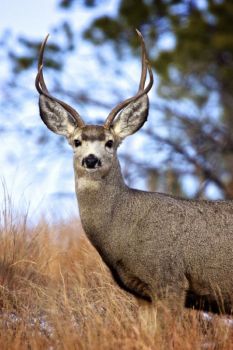
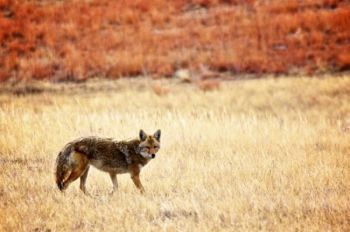
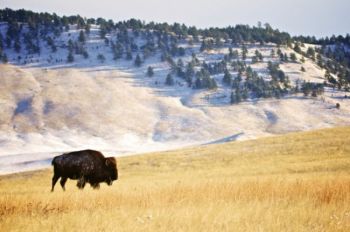
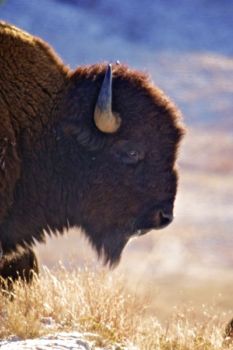
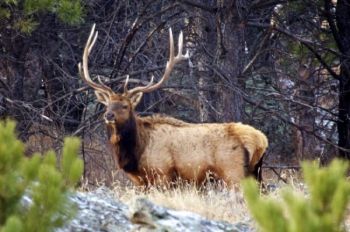
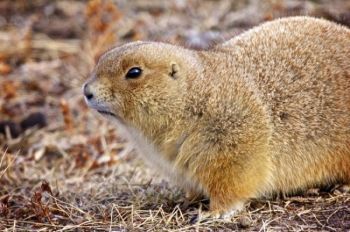
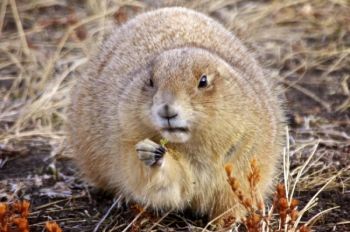
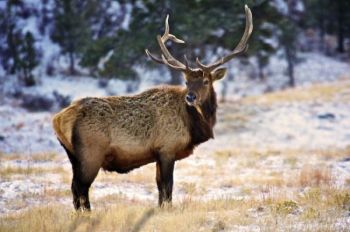
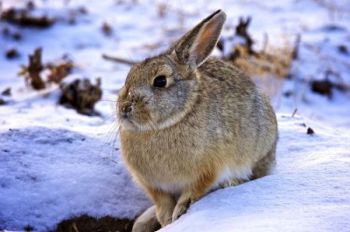
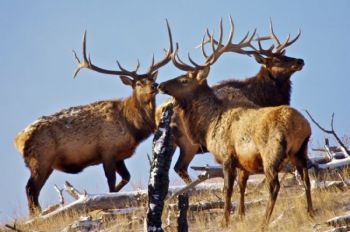
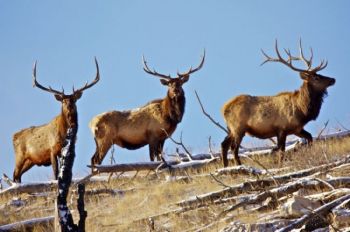
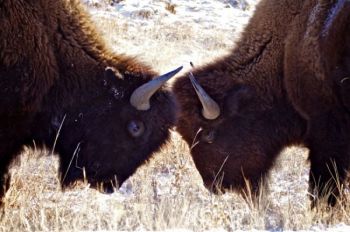
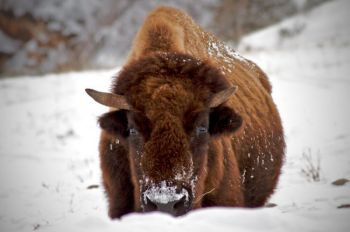
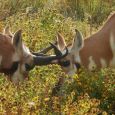
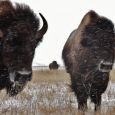
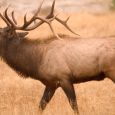
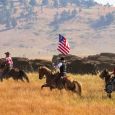
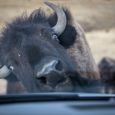
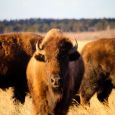


Comments